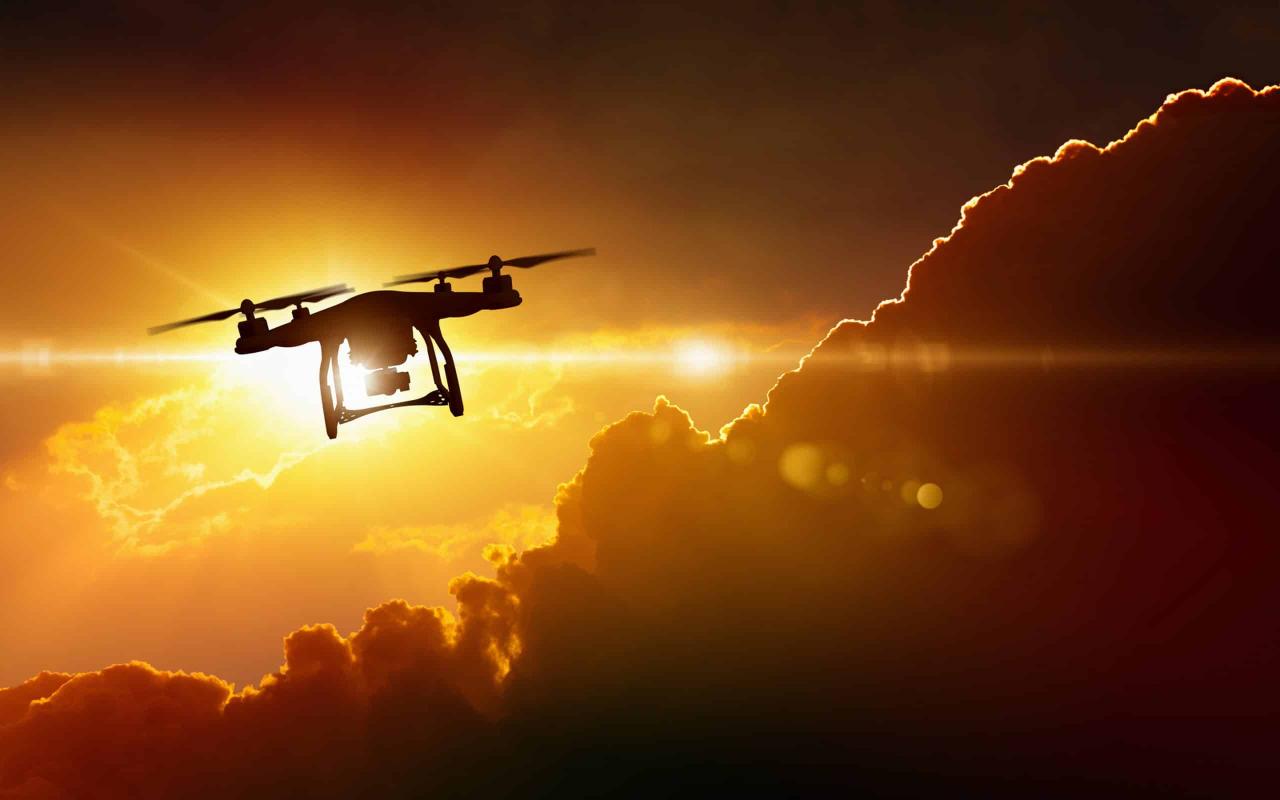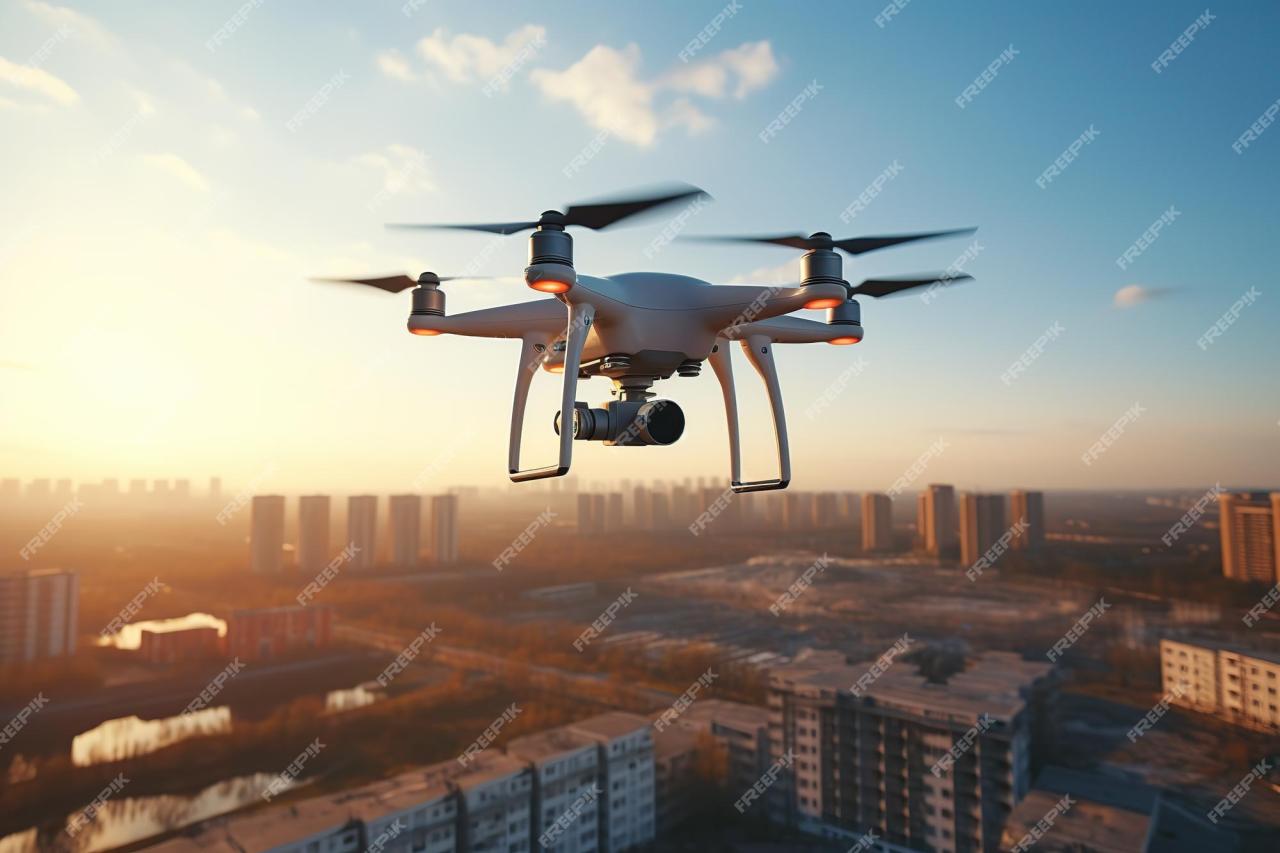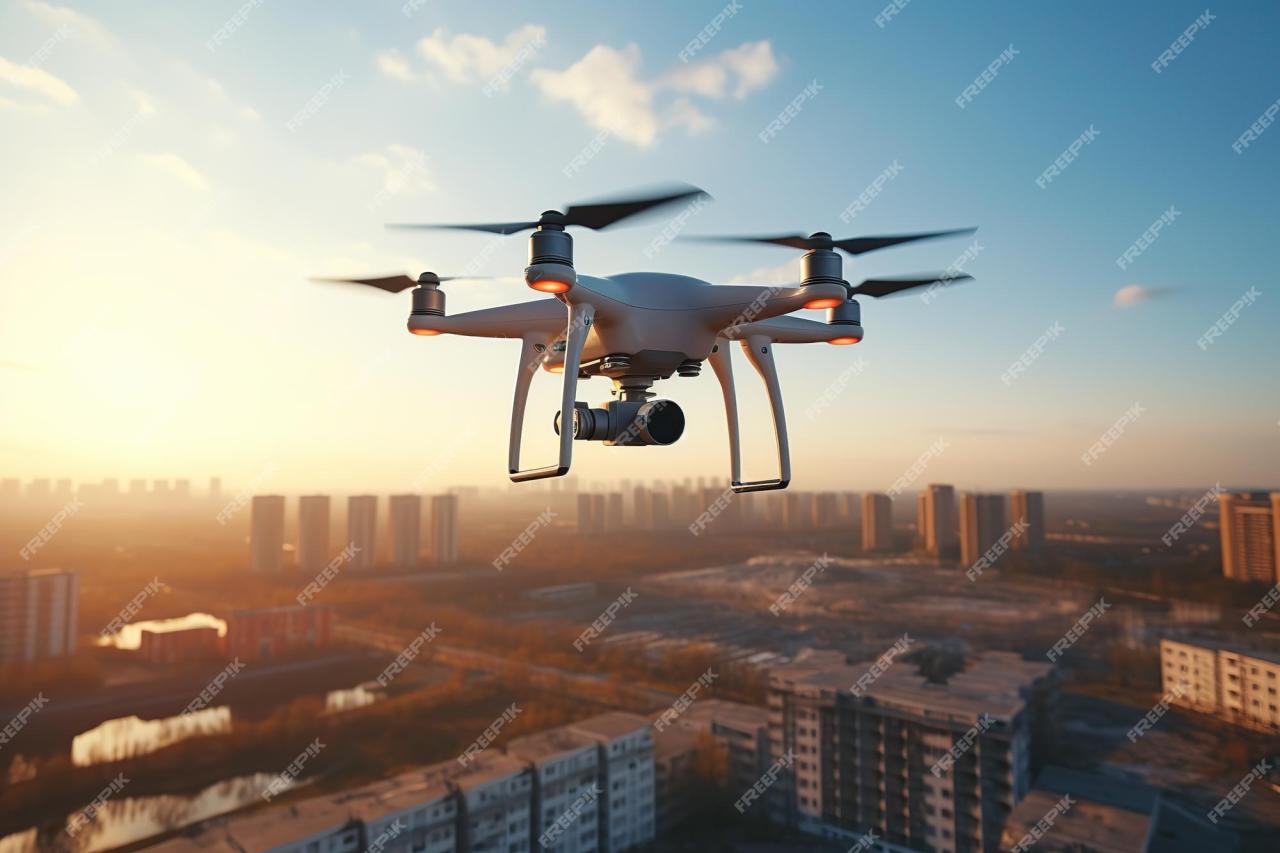Sky elements drones are revolutionizing atmospheric research. Imagine drones soaring through the skies, collecting real-time data on temperature, pressure, humidity, and wind speed – all while providing a bird’s-eye view of weather patterns. This technology offers unprecedented opportunities to improve weather forecasting, understand climate change, and even monitor air pollution. But how do these sophisticated machines work, what are the challenges involved, and what are the ethical implications?
This exploration delves into the fascinating world of sky elements drones, covering their applications, technological aspects, safety considerations, data analysis techniques, and future trends. We’ll examine the advantages and disadvantages of using drones for atmospheric data collection, comparing them to traditional methods and exploring the differences between urban and rural deployments. We’ll also look at the crucial role of sensor technology, communication systems, and regulatory compliance in ensuring safe and effective operation.
Sky Element Drone Applications
Drones are revolutionizing atmospheric research, offering unprecedented access to previously unreachable data. Their ability to collect data at various altitudes and locations provides valuable insights into weather patterns, air quality, and other atmospheric phenomena. This section explores diverse applications of drones incorporating sky elements, highlighting their advantages and limitations.
Innovative Drone Applications Incorporating Sky Elements
The integration of advanced sensors with drone technology allows for innovative applications in atmospheric research. Five examples include:
- Real-time weather monitoring: Drones equipped with weather sensors can provide up-to-the-minute data on temperature, humidity, wind speed, and precipitation, enhancing short-term forecasting accuracy.
- Air quality assessment: Drones can map pollutant concentrations (e.g., particulate matter, ozone) in urban areas, identifying pollution hotspots and informing environmental policies.
- Volcanic plume monitoring: Drones can safely fly through volcanic plumes, collecting data on gas composition and temperature to assess eruption severity and potential hazards.
- Atmospheric boundary layer studies: Drones can profile the atmospheric boundary layer (ABL), the lowest part of the atmosphere, providing crucial data for understanding turbulent mixing and pollutant dispersion.
- Celestial body observation: Drones can be used to capture high-resolution images and spectral data of celestial bodies, supplementing ground-based and satellite observations.
Advantages and Disadvantages of Drone-Based Atmospheric Data Collection
Compared to traditional methods (e.g., weather balloons, ground-based stations), drone-based data collection offers several advantages and disadvantages:
| Aspect | Drones | Traditional Methods |
|---|---|---|
| Spatial Resolution | High, allowing for detailed mapping | Lower, often limited to point measurements |
| Cost | Relatively lower for localized studies | Can be significantly higher, especially for large-scale deployments |
| Flexibility | Highly flexible, enabling targeted data collection | Less flexible, often constrained by fixed locations or balloon trajectories |
| Accessibility | Can access challenging terrains and altitudes | Limited access to certain locations |
Weather Forecasting in Urban vs. Rural Environments
The application of drones for weather forecasting differs significantly between urban and rural settings. In urban areas, drones can provide high-resolution data on localized weather phenomena, such as heat islands and microclimates, which are difficult to capture with traditional methods. In rural areas, drones can monitor larger geographical areas, providing data on precipitation patterns and wind speeds across vast landscapes, enhancing the accuracy of regional weather forecasts.
Drone Model Comparison for Atmospheric Research
| Manufacturer | Model Name | Payload Capacity (kg) | Flight Time (min) | Cost (USD) | Intended Use |
|---|---|---|---|---|---|
| DJI | Matrice 300 RTK | 2.7 | 55 | 15000 | High-resolution imaging, multi-sensor deployments |
| Autel Robotics | EVO II Pro | 1.0 | 40 | 3000 | Cost-effective solution for smaller-scale studies |
| SenseFly | eBee X | 0.5 | 50 | 8000 | Large area mapping, precision agriculture |
Technological Aspects of Sky Element Drones
The effectiveness of sky element drones hinges on sophisticated sensor technologies and robust communication systems. This section delves into the technological intricacies involved in data acquisition and transmission.
Atmospheric Parameter Measurement Sensor Technologies
Various sensor technologies are employed to measure atmospheric parameters. These include:
- Temperature sensors: Thermistors, thermocouples, and infrared sensors accurately measure air temperature at various altitudes.
- Pressure sensors: Barometric pressure sensors provide data on atmospheric pressure, crucial for altitude calculations and weather modeling.
- Humidity sensors: Capacitive and resistive humidity sensors measure the amount of water vapor in the air.
- Wind speed sensors: Anemometers, ultrasonic sensors, and pitot tubes measure wind speed and direction.
Challenges of Integrating Multiple Sensors

Integrating multiple sensors on a single drone platform presents challenges related to weight, power consumption, data processing, and sensor synchronization. Careful selection of sensors, efficient power management, and robust data fusion algorithms are crucial for successful multi-sensor integration.
Real-time Data Transmission Systems
Real-time data transmission from drones to ground stations is essential for timely analysis and decision-making. Common communication systems include:
- Radio frequency (RF) communication: Provides reliable data transmission within a certain range, but can be susceptible to interference.
- Cellular networks (4G/5G): Offer wider coverage and higher bandwidth, but may be affected by signal strength and network availability.
- Satellite communication: Provides long-range communication but can be more expensive and have higher latency.
Impact of Atmospheric Conditions on Drone Performance
Atmospheric conditions significantly impact drone performance and data accuracy. Strong winds can affect stability and flight control, while rain and snow can impair sensor functionality. Extreme temperatures can also affect battery life and sensor calibration. Mitigation strategies include using weather-resistant drones and sensors, implementing robust flight control algorithms, and incorporating atmospheric corrections in data processing.
Safety and Regulatory Considerations
Safe and responsible operation of drones in various atmospheric conditions is paramount. This section addresses safety hazards, best practices, and regulatory requirements.
Potential Safety Hazards
Operating drones in adverse weather conditions poses several safety risks:
- Strong winds: Can cause loss of control and crashes.
- Precipitation: Can damage sensors and electronics.
- Low visibility: Can lead to collisions with obstacles.
- Lightning: Can cause electrical damage to the drone.
Best Practices for Safe Drone Operations
Adhering to best practices ensures safe drone operations:
- Thorough pre-flight checks: Ensure all systems are functioning correctly.
- Weather monitoring: Avoid flying in adverse weather conditions.
- Visual line of sight (VLOS): Maintain visual contact with the drone at all times.
- Obstacle avoidance: Use obstacle avoidance systems and maintain a safe distance from obstacles.
- Emergency procedures: Have a plan in place for emergencies.
Regulatory Requirements (Example: FAA Regulations in the US)
Operating drones for atmospheric research in the US requires compliance with Federal Aviation Administration (FAA) regulations, which include:
- Registration of the drone.
- Obtaining a Remote Pilot Certificate.
- Compliance with airspace restrictions.
- Operation within visual line of sight (unless specific waivers are obtained).
- Following all applicable safety guidelines.
Ethical Implications
The use of drones for atmospheric data collection raises ethical considerations, particularly regarding privacy and data security. Data collected by drones should be handled responsibly, ensuring compliance with privacy regulations and protecting sensitive information.
Data Analysis and Visualization
The collected atmospheric data needs to be processed, analyzed, and visualized effectively to extract meaningful insights. This section explores data processing techniques and visualization methods.
Atmospheric Data Processing and Analysis
Atmospheric data collected by drones typically requires processing to correct for sensor errors, calibrate data, and remove noise. Statistical methods are then used to analyze trends, patterns, and relationships within the data. This may involve time series analysis, spatial interpolation, and regression modeling.
Methods for Visualizing Atmospheric Data

Effective visualization is crucial for interpreting atmospheric data. Common methods include:
- Maps: Display spatial distribution of atmospheric parameters.
- Graphs: Show temporal changes and relationships between variables.
- 3D models: Provide immersive visualizations of atmospheric structures and processes.
- Animations: Show the evolution of atmospheric phenomena over time.
Hypothetical 3D Data Visualization Scenario, Sky elements drones
Imagine a 3D model visualizing the dispersion of air pollution from an industrial plant. The model uses color-coded plumes to represent different pollutant concentrations, with the intensity of the color representing the concentration level. Wind speed and direction are shown by arrows, and the model shows how the pollutants disperse over time, helping to identify areas of high pollution risk.
Improving Weather Forecasting Models

Analyzed data from sky element drones, particularly high-resolution spatial and temporal data, can significantly improve weather forecasting models by providing more accurate input data, leading to more precise and timely predictions.
Sky elements drones are changing the game, offering exciting possibilities for aerial photography and data collection. Thinking about the logistical side of things, check out the current amazon drone delivery locations to see how this tech is being used for everyday deliveries. Understanding Amazon’s rollout helps us better grasp the future potential of sky elements drones and their widespread applications.
Future Trends and Developments: Sky Elements Drones
The field of sky element drones is constantly evolving, driven by advancements in artificial intelligence, sensor technology, and autonomous flight capabilities. This section explores future trends and potential research areas.
Sky elements drones are becoming increasingly popular for spectacular light shows, but safety is paramount. A recent incident highlighted this, as you can see from this report on the orlando drone show accident , which underscores the need for rigorous safety protocols. Understanding these risks helps ensure future sky elements drone displays are both breathtaking and safe.
AI and Machine Learning in Sky Element Drones
AI and ML can enhance drone capabilities in several ways: autonomous flight planning, real-time data processing and analysis, anomaly detection, and predictive modeling of atmospheric phenomena.
Future of Drone Technology in Atmospheric Research
Future advancements are expected in sensor miniaturization, improved sensor accuracy, longer flight times, and increased autonomous flight capabilities. We can anticipate the development of swarm drones for coordinated data collection over large areas.
Potential Research Areas
Advancements in sky element drone technology can benefit numerous research areas:
- Climate change monitoring: Studying the impact of climate change on atmospheric processes.
- Extreme weather prediction: Improving the accuracy of extreme weather forecasts.
- Air pollution mitigation: Identifying and addressing air pollution sources.
- Atmospheric chemistry: Studying the composition and chemical reactions in the atmosphere.
Research Project Brief: Studying Cloud Formation
This project will utilize a fleet of drones equipped with various sensors (temperature, humidity, pressure, aerosol concentration) to study cloud formation processes in a specific geographical area. The drones will collect high-resolution data on atmospheric conditions at different altitudes, providing insights into the dynamics of cloud formation and their impact on precipitation patterns. AI-powered data analysis will identify patterns and correlations, improving cloud formation models and ultimately weather forecasting.
Final Conclusion
From improving weather forecasting to enhancing our understanding of complex atmospheric phenomena, sky elements drones are poised to reshape how we study our planet’s atmosphere. While challenges remain – including regulatory hurdles and technological advancements – the potential benefits are immense. The future of atmospheric research is taking flight, driven by innovation and a commitment to harnessing the power of these remarkable aerial platforms for the greater good.
As technology continues to evolve, we can expect even more sophisticated drones capable of collecting even more detailed and accurate data, leading to a deeper understanding of our atmosphere and ultimately contributing to a more sustainable future.
Sky elements drones are becoming increasingly popular, offering amazing aerial perspectives. However, safety is paramount; a recent incident highlighted this, as reported in this article about a boy hit by drone , emphasizing the need for responsible operation. Understanding safe drone operation is crucial for both pilots and the public, ensuring everyone enjoys the benefits of this technology without risk.
FAQs
What types of sensors are commonly used in sky element drones?
Common sensors include GPS, barometric altimeters, temperature sensors, humidity sensors, anemometers (for wind speed), and sometimes even specialized sensors for measuring specific pollutants.
How is data transmitted from the drone to a ground station?
Data is usually transmitted wirelessly using technologies like cellular networks (4G/5G), Wi-Fi, or dedicated radio links. The choice depends on range, data rate requirements, and regulatory constraints.
What are the typical costs associated with operating sky element drones?
Costs vary widely depending on the drone model, sensor payload, operational expenses (fuel, maintenance), and the required expertise. Expect a significant investment in both equipment and personnel.
What are the limitations of using drones for atmospheric data collection?
Limitations include flight time constraints, weather dependency (strong winds, rain), range limitations, regulatory restrictions on flight zones, and the need for skilled operators.
